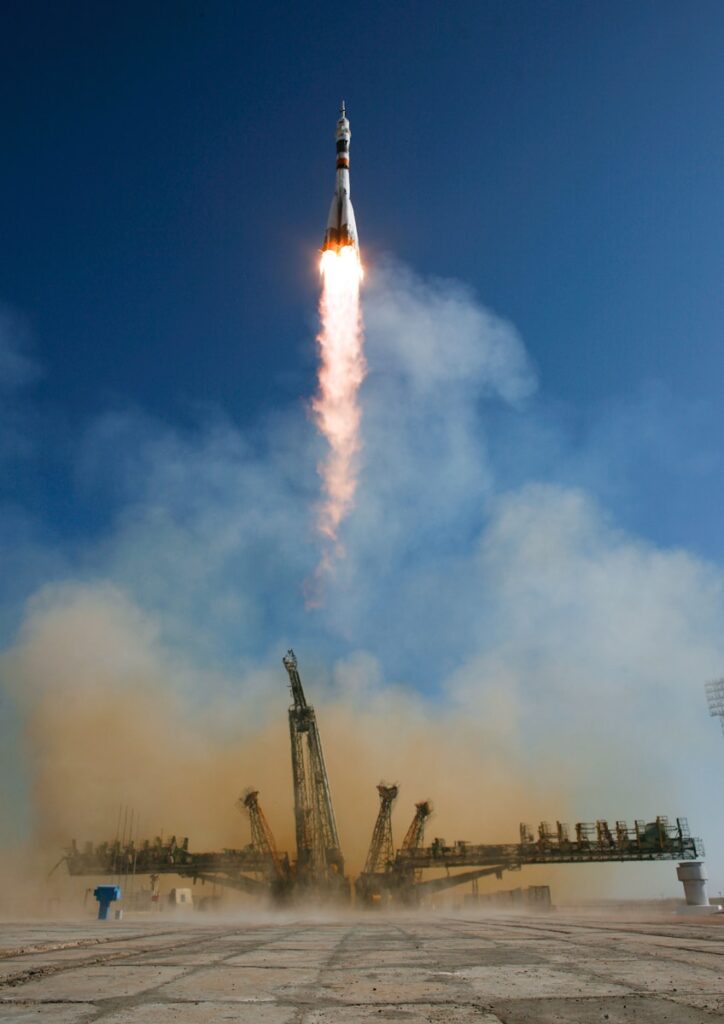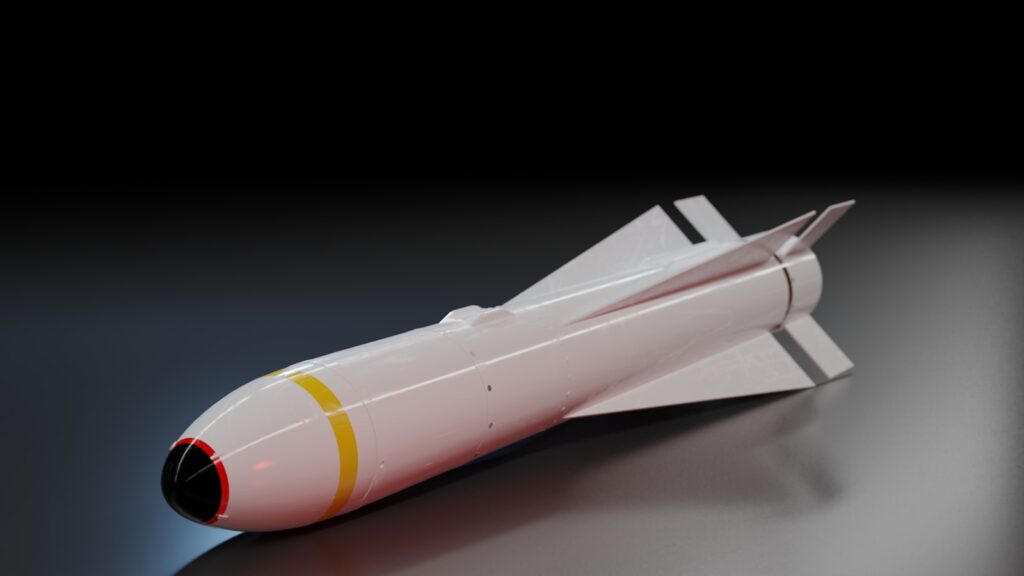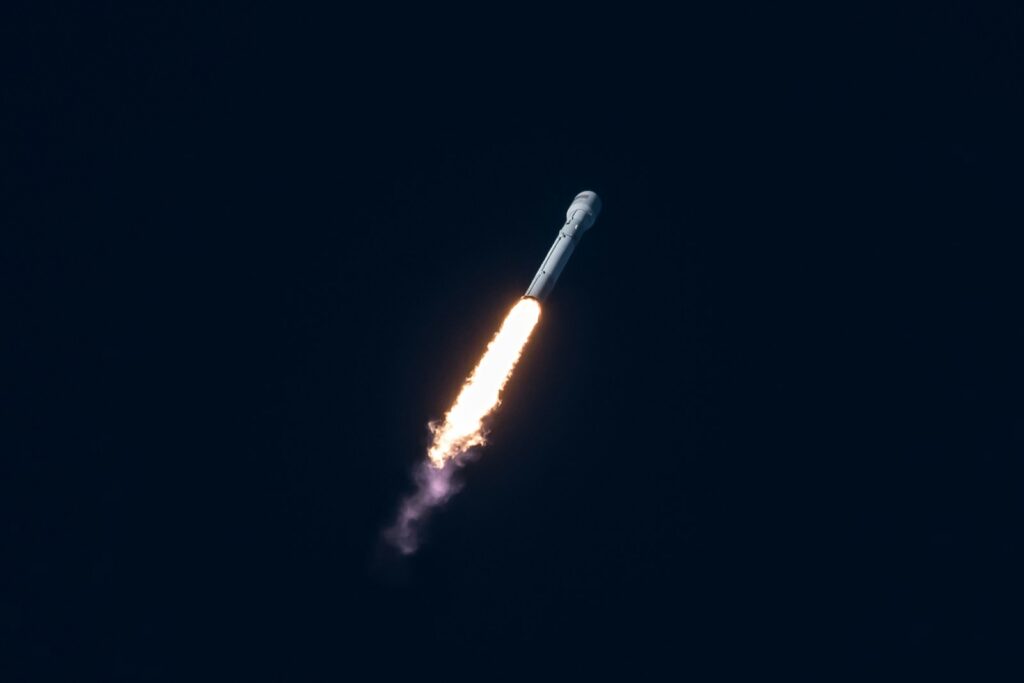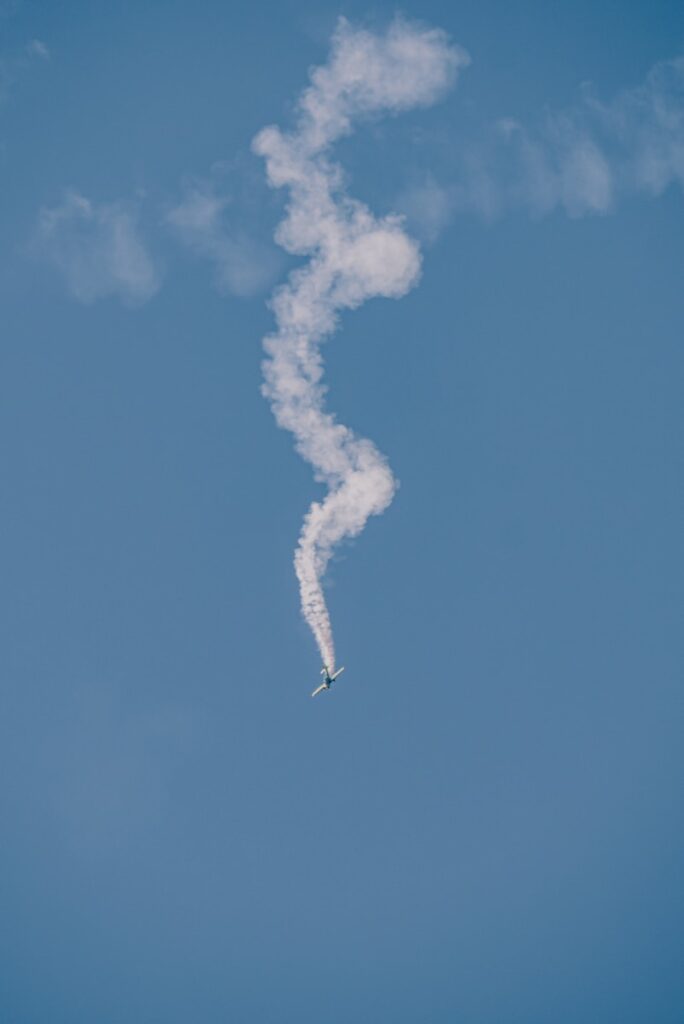The ongoing conflict in Ukraine has required constant adaptation of military tactics, as well as an increased reliance on advanced weaponry. In particular, Ukraine’s efforts to secure air superiority and counter entrenched Russian positions have underscored the importance of foreign support.
One of the key contributions from Western allies has been the provision of precision-guided munitions, which have become essential tools for Ukraine’s military operations. These weapons allow Ukrainian forces to target specific military assets with high accuracy, minimizing collateral damage while delivering maximum impact against Russian forces.
A key addition to Ukraine’s arsenal is the French-made AASM Hammer bomb. This modular, precision-guided weapon has been rapidly integrated into Ukraine’s Soviet-era aircraft, enabling the country to strike previously difficult targets with greater efficiency. The AASM Hammer bomb has proven invaluable in reshaping the dynamics on the battlefield, giving Ukrainian forces a crucial advantage in their ongoing struggle against Russia.

1. **Recent Combat Effectiveness Demonstrated on the Front Lines**
Recent battlefield actions have underscored the practical application and effectiveness of the AASM Hammer bombs in targeting Russian positions. Footage released by military-affiliated channels has documented several instances of these munitions being deployed.
One such precision airstrike targeted a concentration of Russian troops in the village of Kozinka, located in Russia’s Belgorod region. The strike was reportedly carried out by a Ukrainian MiG-29 fighter jet, which was equipped with two French-made AASM Hammer precision-guided bombs for the mission. The released video footage clearly showed the bombs’ trajectory and impact.
According to the visuals, the bombs successfully penetrated the roof of a building where Russian personnel had taken shelter before detonating inside. The strike reportedly destroyed the structure and neutralized the personnel within. Open-source intelligence assessments confirmed that the target was a building located in the center of Kozinka.
In another instance, on June 13, a MiG-29 fighter jet from the Ukrainian Air Force conducted a precision strike in the Zaporizhzhia region, using guided aerial bombs. This attack targeted an enemy UAV control point, and a second bomb successfully destroyed an enemy ammunition and fuel depot. The strike followed a preceding operation in which Ukraine’s Unmanned Systems Forces had detected Russian troops unloading ammunition and relayed the coordinates to Ukrainian aviation assets. This led to a precision strike with a French-supplied AASM Hammer, which destroyed both the depot and the personnel present.
A pilot from the Ukrainian Air Force shared footage on their blog, AIR_FIGHTER, showing an airstrike on a building where Russian assault groups were assembling in preparation for an offensive. The footage specified that the weapons used in this strike were a pair of French-made AASM Hammer free-falling bombs.

2. **Technical Nature and Guidance Capabilities**
The AASM Hammer, or Armement Air-Sol Modulaire, is a modular guided bomb system that offers flexibility and adaptability for various operational needs. Its modularity enables the system to be tailored for different missions and integrated with a range of guidance systems, enhancing targeting accuracy and operational efficiency. The core principle of the system is to transform conventional, unguided “dumb bombs” into precision-guided munitions.
The AASM Hammer can be equipped with multiple guidance options, which can be selected based on the mission and the environment in which it is deployed. Available guidance systems include GPS, inertial, and laser guidance. The combination of these navigation methods ensures that the bomb can achieve highly accurate strikes, even in situations where a single guidance system may be compromised or obstructed.
Developed by Safran Electronics and Defense, a leading French defense technology group, the AASM Hammer system is built with key components that contribute to its precision. At the front of the bomb is the guidance system, which steers the munition towards its target, while a propulsion unit at the rear extends the bomb’s range, allowing it to engage targets from a stand-off distance. This design converts a conventional air-dropped bomb into a long-range, precision weapon capable of striking targets with high accuracy.

3. **Extended Range Capability Through Propulsion**
A distinctive feature of the AASM Hammer, when compared to other glide bomb kits like the U.S.-made JDAM, is its built-in rocket motor. This propulsion system is crucial in providing the AASM Hammer with an extended operational range, enabling the launching aircraft to release the munition from a greater distance away from the target area.
The rocket motor propels the bomb forward after release, while the weapon’s glide capability, assisted by fins that steer it, significantly enhances the maximum operational range of the strike. This extended range allows Ukrainian fighter jets to launch the bombs from safer distances, potentially staying outside the effective range of certain Russian air defense positions near the front lines.
The range of the AASM Hammer varies depending on the altitude from which it is launched. At lower altitudes, the reported range is up to 15 kilometers. However, when launched from higher altitudes, the range increases substantially, reaching up to 70 kilometers. Some sources have reported a range of over 43 miles, which aligns closely with the 70-kilometer figure (approximately 43.5 miles). This extended range capability allows Ukrainian forces to engage targets positioned far behind the front lines, significantly enhancing the operational reach of Ukrainian aviation.
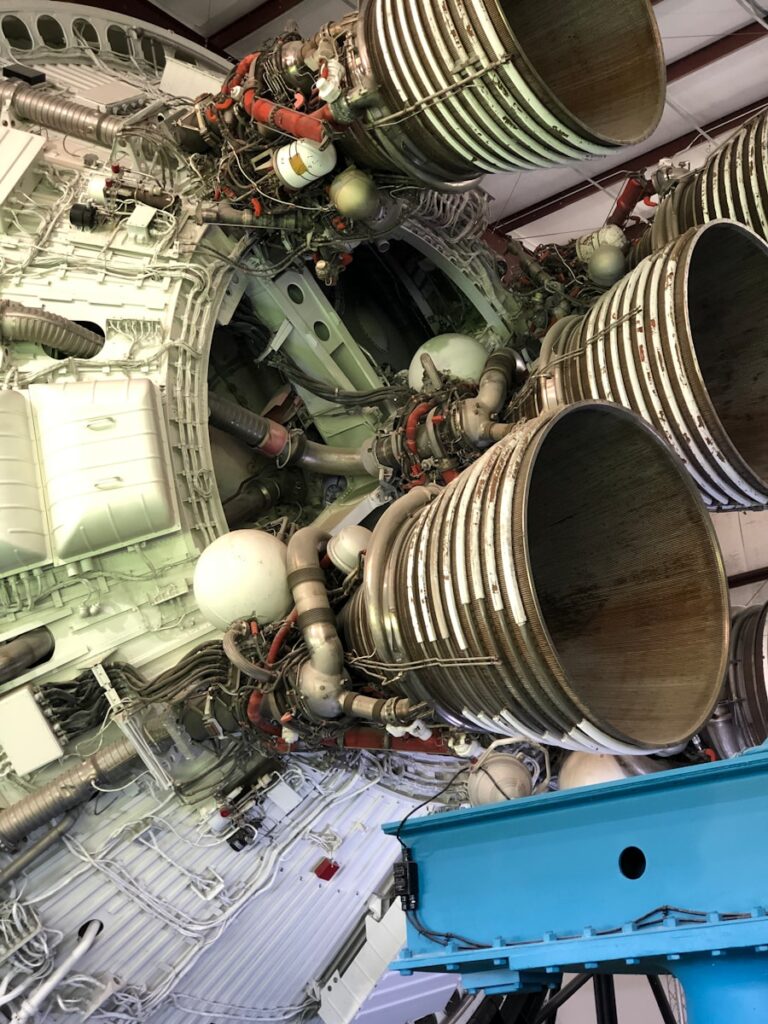
4. **Modularity and Available Versions**
The AASM Hammer is built around the concept of modularity, allowing the same basic kit to be adapted to different bomb bodies. This design flexibility is key to integrating the system with existing stockpiles of conventional bombs, while also offering various payload options depending on the type of target and the desired effects. The term “AASM Hammer” specifically refers to the guidance and propulsion components of the system, which convert a standard, unguided bomb into a precision-guided munition, rather than referring to a particular type of bomb body.
There are two main versions of the AASM Hammer kit, each designed for integration with widely used bomb types. The Hammer-250 version is intended for use with 227-kilogram (500-pound) Mk.82 bombs, while the heavier Hammer-1000 version is designed for 908-kilogram (2,000-pound) Mk.84 bombs. These variations enable Ukraine to utilize different warhead sizes, applying the precision guidance and extended range capabilities to bomb bodies suited for a range of targets, from smaller structures to larger, more fortified facilities.
Testing of the Hammer-1000 version is expected to be completed by the end of 2024, signaling ongoing development and the potential expansion of the AASM Hammer’s operational capabilities. The ability to integrate the AASM kit with standard bombs such as the Mk.82 and Mk.84 enables Ukraine to make use of existing bomb stocks provided by Western partners, thus enhancing the efficiency and availability of precision-guided munitions.

5. **Rapid Adaptation to Soviet-Era Aircraft**: A significant technical and logistical achievement highlighted in the context is the speed at which the AASM Hammer system was adapted for use on Ukraine’s fleet of Soviet-designed aircraft. Ukraine operates fighter jets like the MiG-29 and attack aircraft such as the Su-25, which were not originally designed to carry or employ modern Western smart munitions.
Safran, the developer and manufacturer of the AASM Hammer, managed to adapt the system for compatibility with Ukrainian MiG and Su aircraft in a remarkably short timeframe. According to Safran’s CEO, Franck Saudo, this adaptation process was completed in less than four months, taking place in the fall of 2023. This rapid engineering effort was critical in enabling Ukraine to quickly integrate and deploy the newly supplied French munitions into its existing air force structure without waiting for the delivery of Western aircraft like F-16s.
Since 2023, France has delivered several hundred of these AASM kits to Ukraine. The successful and swift adaptation of the AASM Hammer to Ukraine’s legacy aircraft demonstrates a level of technical collaboration and responsiveness from defense industries supporting Ukraine. This integration allows Ukraine’s operational aircraft, despite their older design, to deliver modern, high-precision strikes using the AASM Hammer, immediately enhancing their ground attack capabilities.
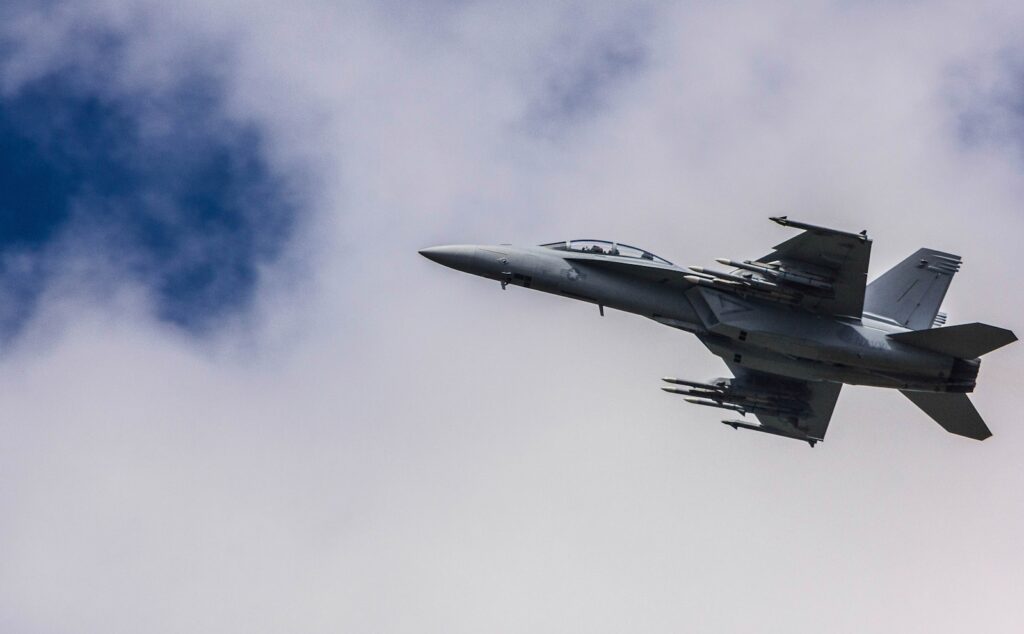
6. **Noted Resistance to Electronic Warfare**
A significant technical and logistical achievement in the ongoing conflict is the rapid adaptation of the AASM Hammer system for use on Ukraine’s Soviet-era aircraft fleet. Ukraine operates fighter jets like the MiG-29 and attack aircraft such as the Su-25, both of which were not originally designed to carry or employ modern Western smart munitions.
Safran, the developer and manufacturer of the AASM Hammer, was able to adapt the system for compatibility with Ukrainian MiG and Su aircraft in an impressively short period. According to Safran’s CEO, Franck Saudo, this adaptation process was completed in under four months during the fall of 2023. This quick engineering effort was crucial in enabling Ukraine to integrate and deploy the newly supplied French munitions into its existing air force structure, without having to wait for the delivery of advanced Western aircraft like the F-16.
Since 2023, France has delivered several hundred AASM kits to Ukraine. The successful and rapid adaptation of the AASM Hammer to Ukraine’s legacy aircraft highlights the level of technical collaboration and responsiveness from defense industries supporting Ukraine. This integration allows Ukraine’s older operational aircraft to deliver modern, precision-guided strikes with the AASM Hammer, thereby significantly enhancing their ground attack capabilities.
7. **Cost-Effectiveness in Modern Warfare**
The AASM Hammer stands out not only for its technical capabilities but also for its relative cost-effectiveness compared to other precision weapons. While the unit cost of the AASM Hammer is higher than that of the least expensive glide bombs, typically exceeding $300,000 per unit, it remains far more affordable than more complex systems such as cruise missiles, which can cost $1 million or more each. This pricing structure makes the AASM Hammer an attractive option for delivering precision strikes without the substantial financial investment required for missiles.
Converting a standard, unguided “dumb bomb” into a precision-guided munition using a kit like the AASM Hammer offers a highly economical solution for acquiring smart weaponry. The basic process of adding a glide system and navigation receiver to a bomb body is described as “relatively straightforward.” In the case of some glide bomb conversion kits, the cost can be as low as $20,000. While the AASM Hammer’s integrated propulsion system and advanced guidance options increase its cost compared to simpler kits, it still represents a more affordable way to gain stand-off precision strike capabilities than developing entirely new missiles.
This cost structure is particularly relevant in the context of the ongoing conflict in Ukraine, where both sides have increasingly turned to glide bombs as a cost-efficient means of delivering substantial payloads at a distance. By adding relatively low-cost guidance and propulsion kits like the AASM Hammer to existing stockpiles of conventional bombs, Ukraine can mass-produce and deploy precision munitions on a scale that would not be feasible with the reliance on more expensive cruise or ballistic missiles. This cost-effective solution provides Ukraine with a viable option for exerting pressure on Russian positions.
8. **Strategic Targeting Applications and Flexibility**
The technical attributes of the AASM Hammer, including its extended range and high accuracy, make it well-suited for engaging a variety of strategic and high-value targets located behind the immediate front lines. Military experts have highlighted that the weapon is particularly effective for striking critical objectives such as logistics hubs, essential for supplying enemy forces, and command posts, which are vital for operational control and coordination. These types of targets, often situated beyond the reach of standard artillery or shorter-range systems, require weapons with stand-off capabilities to be engaged effectively and safely by the launching aircraft.
In addition, the AASM Hammer is highly effective against other high-value adversary assets. Its precision guidance allows for targeted strikes on specific structures or concentrations of equipment that significantly contribute to the enemy’s operational capacity. Reports have documented strikes on various targets using AASM Hammers, including a Russian troop concentration in a building, an enemy UAV control point, and an enemy ammunition and fuel depot. One such documented strike, which targeted a building housing Russian personnel in Kozinka, resulted in the destruction of the structure and the neutralization of the personnel inside, demonstrating the weapon’s effectiveness against fortified or occupied buildings.
The weapon’s modularity, along with the availability of different versions such as the Hammer-250 for 227 kg bombs and the Hammer-1000 for 908 kg bombs, enhances its flexibility in strategic targeting. This versatility allows Ukrainian forces to select the appropriate warhead size based on the nature of the target, utilizing the precision guidance and extended range capabilities to engage a broad spectrum of targets, from smaller military sites to larger, more fortified facilities. The ability to precisely target such a wide range of objectives with one adaptable system significantly enhances Ukraine’s operational reach and effectiveness in shaping battlefield dynamics.

9. **Unique Launch Methods Employed by Ukrainian Pilots**
The operational deployment of the AASM Hammer by Ukrainian Air Force pilots involves specific launch tactics that are both effective and necessary given the operational environment. With a maximum range of approximately 70 kilometers when launched from high altitude, Ukrainian fighter jets—often operating Soviet-era aircraft such as the MiG-29 and Su-25—typically release the bombs relatively close to the front line. This approach maximizes the weapon’s range while ensuring some stand-off distance from Russian air defense systems. As a result, a precise launch profile is required to deliver the munitions safely and effectively.
The standard procedure involves a fast and low approach towards the target area. Flying at low altitudes helps the aircraft evade detection by Russian radar for as long as possible, reducing the risk of interception before the weapon is deployed. Once the aircraft reaches the optimal launch point, the pilot performs a sharp pitch-up maneuver. This maneuver provides the necessary lift and altitude gain for the bombs upon release, allowing them to transition from the aircraft’s flight path into a trajectory that takes advantage of their glide capability and rocket propulsion to reach the distant target.
Footage of Ukrainian MiG-29s conducting bombing runs with AASM Hammers illustrates this tactic. The aircraft are seen flying just a few dozen feet above the ground before executing the pitch-up maneuver and releasing the pair of French extended-range bombs. While this method, involving launch at a lower altitude than the optimal high-altitude release for maximum range, might slightly reduce the weapon’s theoretical maximum reach, it remains a necessary adaptation to the contested operational environment. This approach enables Ukrainian pilots to effectively use the AASM Hammer system even in challenging conditions close to the front lines.
10. **Speed and Penetration Capabilities Against Fortifications**
Beyond its range and accuracy, the AASM Hammer possesses characteristics that make it highly effective upon impact, particularly against hardened or fortified structures. One of its key attributes is its terminal speed as it approaches the target. Compared to some other munitions, the AASM Hammer is described as being “quite fast” in its terminal phase. This speed makes it significantly more challenging for defensive systems, such as air defenses attempting to intercept incoming threats, to effectively react and neutralize the munition before it strikes its intended point of impact.
Furthermore, the AASM Hammer is equipped with a payload described as “fairly large.” This substantial warhead size, particularly when utilizing the heavier Hammer-1000 version integrated with a 908 kg bomb body, provides the weapon with significant destructive power. This large payload, combined with the precision guidance system, allows the bomb to penetrate fortified structures before detonating inside. Reports of strikes where the bombs penetrated the roof of a building before exploding within, effectively destroying the structure and its contents, demonstrate this capability.
The combination of speed and penetration means that even if a target manages to detect the incoming AASM Hammer, its ability to withstand the strike is severely limited, especially for defensive positions or buildings used for shelter or storage. The capacity to pierce through roofs or other structural elements ensures that the explosive force is delivered directly inside the target, maximizing damage and the neutralization of personnel or assets located within, making it an effective tool for suppressing or destroying well-protected enemy locations.

11. **Significant Ramp-Up in French Production**
The supply of AASM Hammer bombs to Ukraine has been underpinned by a notable increase in the production rate by the French manufacturer, Safran Electronics and Defense. Recognizing the demand and effectiveness of the system in the conflict, France has committed to significantly ramping up the output of these crucial munitions. This production surge is aimed at both replenishing France’s own stocks and enabling greater deliveries to Ukraine as part of ongoing military aid.
Production figures highlight this substantial increase. According to Safran and official announcements, France manufactured 830 AASM kits in 2024. This figure represented a significant increase, nearly 40% above the original production plan for that year and a fourfold increase compared to the output in 2022. Looking ahead, France has stated its intention to further boost production in 2025. The plan is to manufacture 1,200 AASM Hammer guided air-to-ground bombs for Ukraine this year, a nearly 45% increase over the 2024 total.
Safran has also indicated plans for future expansion, intending to double this production rate over the next few years if sufficient orders are placed. This commitment to scaling up manufacturing demonstrates the strategic importance placed on the AASM Hammer system and the resolve to meet the high operational tempo demands seen in Ukraine. The consistent increase in production ensures a more stable and potentially growing supply of these precision-guided munitions for the Ukrainian Air Force, reinforcing their capability to conduct precise strikes against Russian forces.

12. **Positive Feedback from Ukrainian Military Personnel**
The operational effectiveness and reliability of the AASM Hammer system in the hands of Ukrainian forces have been corroborated by feedback from those using the weapon on the front lines. Pilots and military personnel directly involved in deploying the bombs have expressed positive views on its performance. This positive sentiment is a crucial indicator of the weapon’s practical utility and how well it integrates into Ukraine’s combat operations.
According to Viktor Kevliuk, a retired military officer and defense expert, the pilots of the Ukrainian Air Force speak “very positively about this weapon.” Such feedback from end-users is vital as it reflects the weapon’s real-world performance under combat conditions, including its accuracy, reliability, and ease of use relative to other available munitions. The fact that pilots are speaking positively suggests that the system is meeting operational expectations and providing a valuable capability for their missions.
The success of missions documented through released footage, such as precision strikes on troop concentrations, command posts, and depots, likely contributes significantly to this positive feedback. When pilots see the tangible results of their strikes using the AASM Hammer – successfully penetrating and destroying intended targets despite challenges like electronic warfare or operating from older aircraft – it builds confidence in the weapon system. This positive reception from Ukrainian military personnel underscores the AASM Hammer’s contribution to their efforts in conducting effective precision strikes on the battlefield.
The French AASM Hammer guided bomb has quickly become a key asset in Ukraine’s evolving air war, offering a blend of precision, range, and resilience adapted for the immediate needs of the battlefield. Its successful integration onto Soviet-era aircraft, coupled with reported resistance to electronic warfare and a rapidly increasing supply from France, underscores the weapon’s significance. As Ukraine continues to seek effective means to counter Russian aggression, particularly against protected targets and beyond the immediate front lines, the AASM Hammer stands out as a powerful example of how adapted, modern munitions are helping to shape the conflict’s trajectory and empower Ukrainian forces in their defense.

